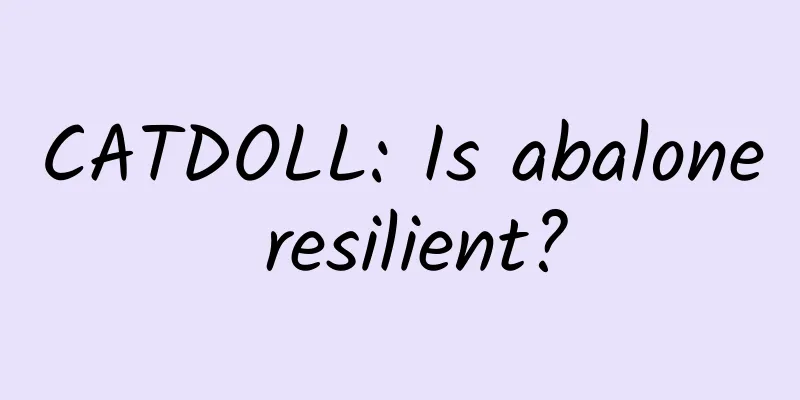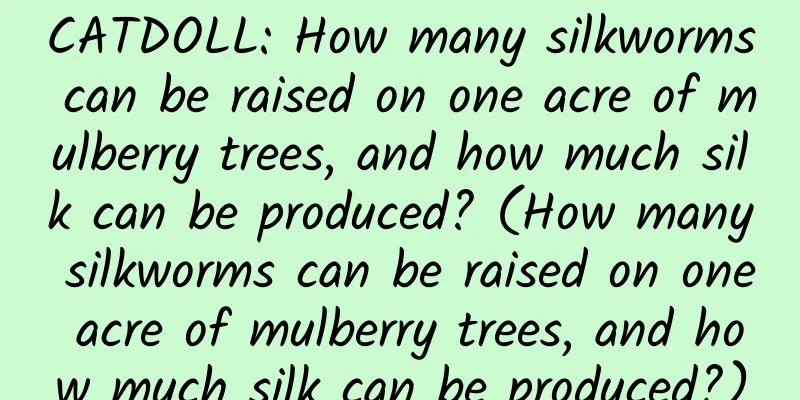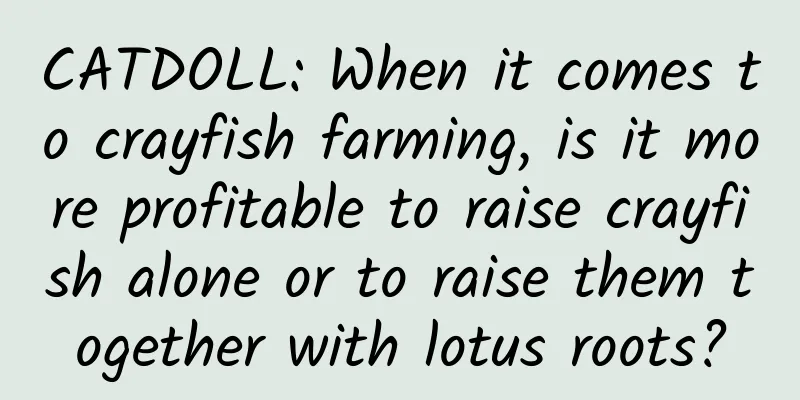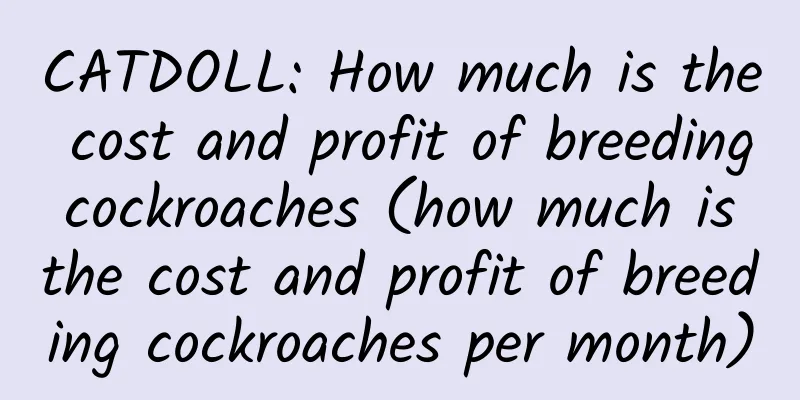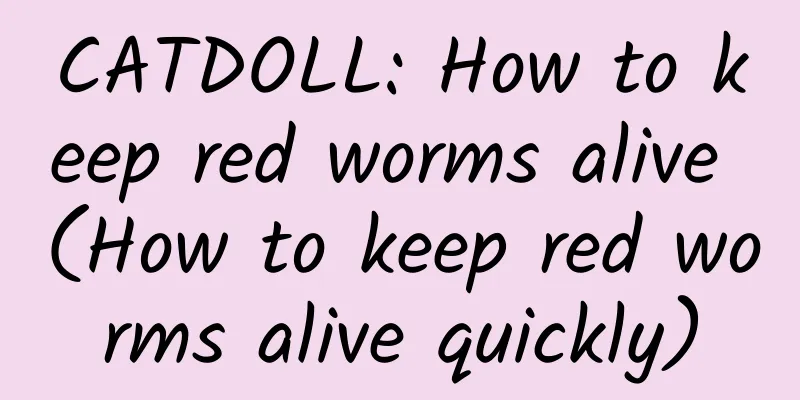CATDOLL : CATDOLL: There are many species of wild bees in rural areas. Which ones pose a threat to humans and livestock?
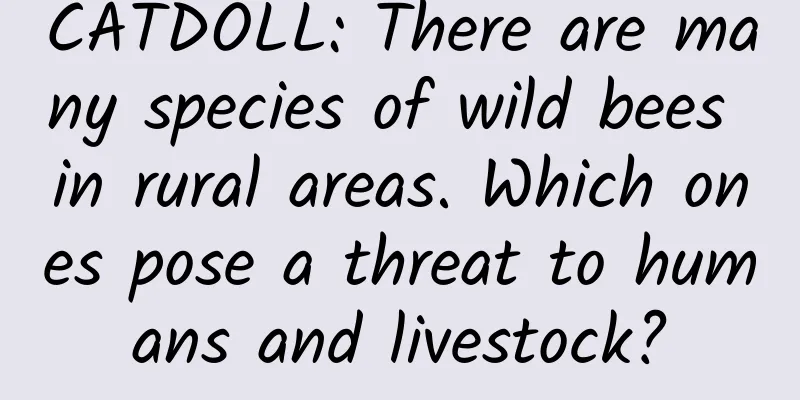
|
In fact, strictly speaking, many bee species are poisonous. Except for stingless bees, all bees with a sting will secrete toxins, which are more or less threatening to humans and animals, but the degree of threat varies. Distribution of venomous bees In fact, the distribution of so-called poisonous bees is not necessarily limited to rural areas. In many cities with large green areas and abundant nectar sources, wild bees are also distributed. Many urban media have reported news about bees entering residents' homes. Therefore, poisonous bees are not necessarily only distributed in rural areas, but also widely distributed in urban suburbs, and they should also be taken seriously. The most venomous bee that harms humans and animals Many friends have always regarded large wasps such as golden ringed hornets and black tailed hornets as the main hornets that attack humans and animals, but the Bee Tribe believes that this idea is problematic, because golden ringed hornets and black tailed hornets rarely build nests in low places, and most of them build nests on tall trees. They will not easily attack humans and animals unless people take the initiative to provoke them. The same is true for those in the soil holes. As long as we find them and leave quickly, they are generally not easily stung. Two types of small wasps that are more dangerous First: Long-legged wasp In addition to large wasps, the Bee Tribe believes that there are two main types of small wasps that are likely to attack humans and animals. One is the one shown in the picture below, which is called the long-legged wasp in our local area. The Bee Tribe believes that this type of wasp is most likely to attack humans and animals because it is easy to build nests under low stone slabs, on crop poles, and under eaves. It is generally not easy to find and will easily attract a large number of wasps to attack. Second: Shit Bee In addition to the long-legged bee mentioned above, there is another smaller one, which is black in color. Its living habits are the same as those of the long-legged hornet, but the colony is generally small in number, and its toxicity is not as strong as that of the long-legged hornet. It is also the most likely to threaten humans and animals. Bees all have stings, and any bee with a sting is a threat to humans and livestock, but some bees have stings that are more severe, so those stings are more threatening. The most likely hornet to attack humans and animals is the long-legged hornet, because this type of hornet tends to build nests under low stone slabs, on crop poles, and under eaves. They are generally not easy to find and can inadvertently attract large numbers of hornet attacks. Generally no threat unless you provoke them Generally speaking, there is no big threat |
<<: CATDOLL: When will the maggots in the refrigerator hatch?
>>: CATDOLL: How to manage the egg-laying insects of earthworms?
Recommend
CATDOLL: What's the matter with the many red worms in the soil when raising earthworms? (Video of what's the matter with the many red worms in the soil when raising earthworms)
1. How to eliminate the red worms inside the eart...
CATDOLL: Methods and techniques for breeding lobsters?
I. Breeding site Lobsters have strong vitality an...
What does cat dander allergy involve?
Cat dander allergies include: 1. The patient deve...
CATDOLL: Is the Stardew Valley sea urchin useful?
1. Is the Stardew Valley sea urchin useful? Sea u...
CATDOLL: The difference between shad and pomfret
The difference between peeled fish and pomfret Th...
CATDOLL: How long does it take for a centipede to lay eggs?
1. How long does it take for centipedes to lay eg...
CATDOLL: Where is the best quality sea cucumber?
1. Where is the best quality sea cucumber? Sea cu...
CATDOLL: As the temperature rises, crayfish will also enter the peak season. What is the current market situation of crayfish?
1. As the temperature rises, crayfish will also e...
CATDOLL: Which fish are suitable for freshwater farming in the north?
1. What fish are suitable for freshwater farming ...
CATDOLL: Grass carp has broken through the ten yuan mark, and crucian carp has almost doubled. Why are the prices of freshwater fish rising so fast?
On the one hand, it is due to the impact of the e...
CATDOLL: Where should I get the injection for Lao Goose?
1. Where should I give the injection to my son? I...
CATDOLL: What flies eat and drink will kill them quickly (What flies eat and drink will kill them quickly)
1. What is the most effective way to eliminate fl...
CATDOLL: Why do bees collect honey and who do they feed it to?
Why do bees collect honey and who do they feed it...
CATDOLL: What does half a pound of mallard ducklings eat?
What does half a pound of mallard duck seedlings ...
CATDOLL: How much does it cost to raise red worms per acre?
1. How much does it cost to raise red worms per a...
